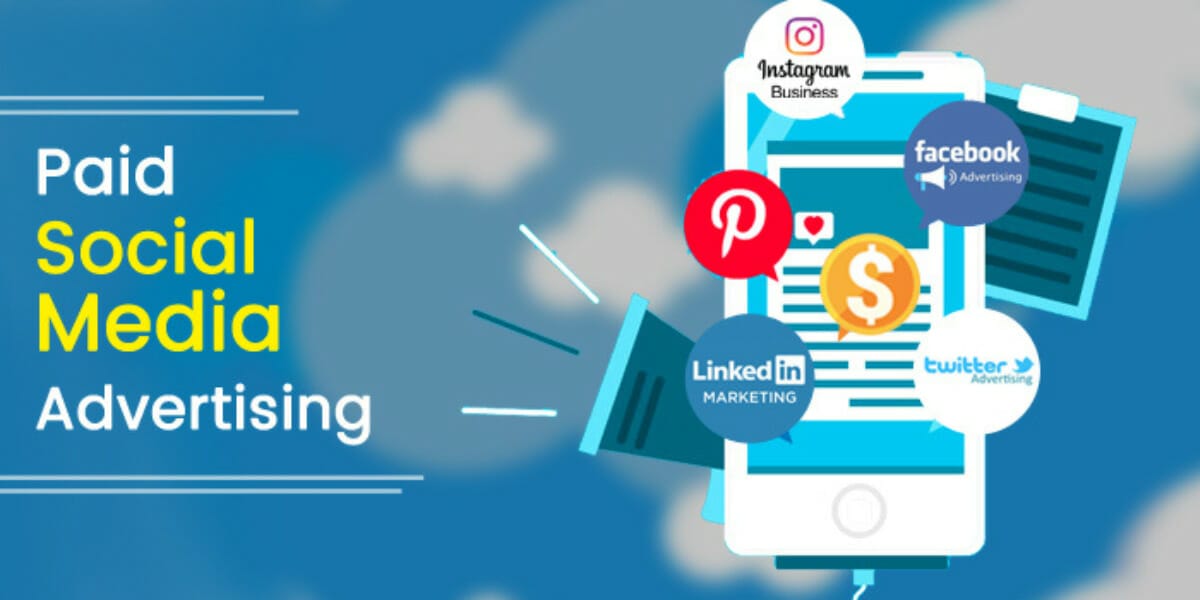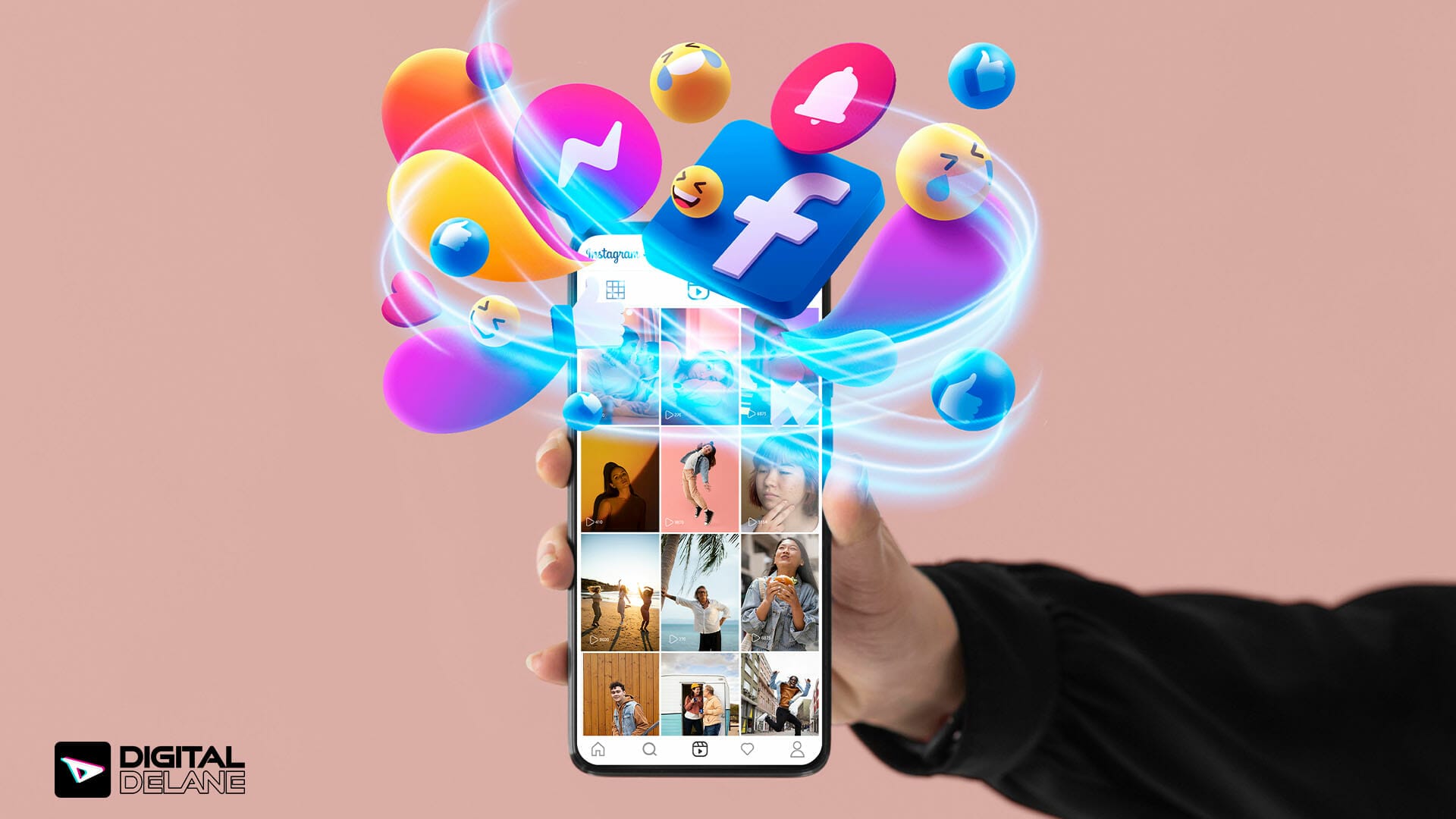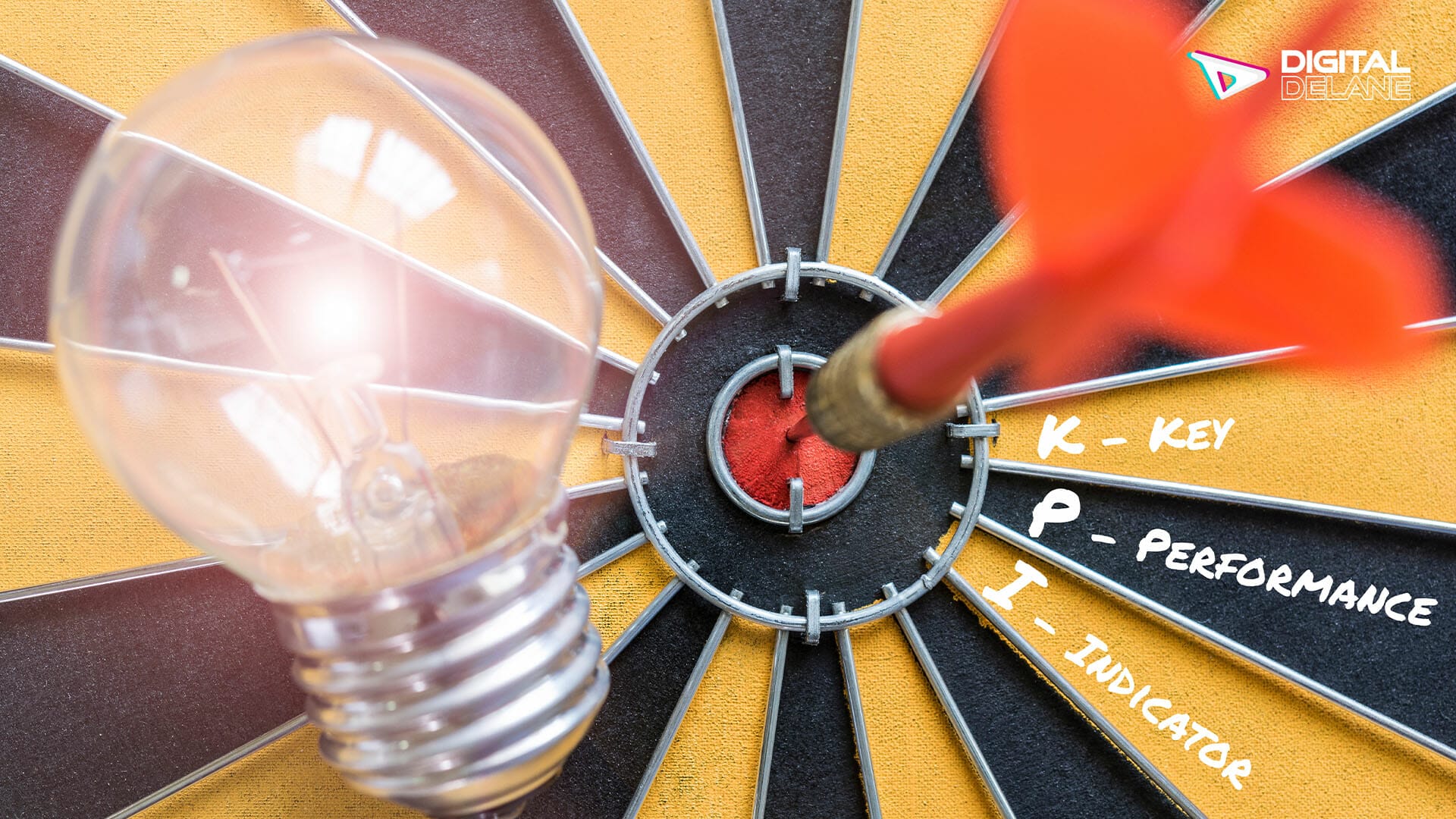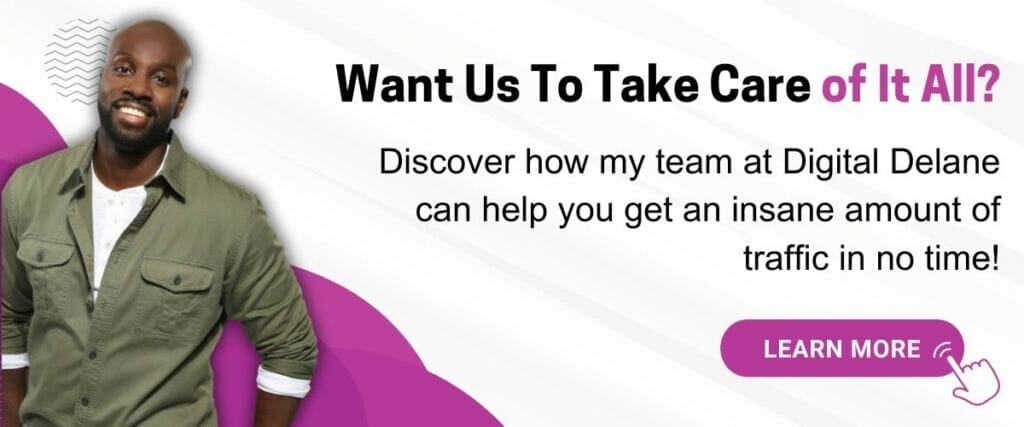How to use paid social to support your overall marketing strategy

In today’s fast-paced digital landscape, the role of social media in shaping brand identities and connecting with audiences cannot be overstated. As the digital sphere continues to evolve, the importance of paid social media advertising has become more pronounced than ever. In this blog, we will delve into the significance of integrating paid social into your overall marketing strategy, explore the dynamic landscape of paid social media, highlight its myriad benefits, emphasize the importance of setting clear goals and objectives, and showcase Digital Delane’s success stories in the realm of paid social campaigns.
Do you want to grow faster? Schedule a free consultation call with an expert


Before we dive into the depths of paid social advertising, let’s clarify what it entails. Paid social media refers to promoting your brand, products, or services through paid advertising on different social media platforms. It involves creating and distributing boosted or sponsored content to reach a broader and more targeted audience than organic posts alone.
Unveiling the Latest Trends and Statistics


Paid social ads are a highly effective way to reach and engage your target audience on social media marketing platforms like Facebook, Instagram, TikTok, LinkedIn, and Twitter. With over 4.74 billion people using social media worldwide, it’s no wonder that paid social advertising is becoming increasingly popular.
Here are some of the latest trends and statistics about paid social ads:
• Social media ad spending is projected to reach $268 billion in 2023. This represents a significant increase from the $173 billion spent in 2022, and it’s a clear sign that businesses are recognizing the value of paid social advertising.
• Social video advertising is on the rise. In 2022, social video ad spending grew by 20.1%, and it’s expected to continue growing in 2023. This is because social video is a highly engaging and effective way to reach your target audience.
• Mobile social ad spending is also increasing. In 2022, mobile social ad spending accounted for 67% of all social ad spending. This is because more and more people use their smartphones and tablets to access social media.
• Social media platforms are offering new and innovative targeting options. For example, Facebook allows you to target ads based on people’s interests, demographics, and past purchase behavior. This makes it easier than ever to reach your ideal customers with your paid social ads.
Diverse Opportunities Across Platforms
Each social media platform offers unique opportunities for paid advertising. From Facebook’s vast user base and precise targeting options to Instagram’s visually appealing content, Twitter’s real-time engagement, LinkedIn’s business-focused audience, and TikTok’s trend-setting appeal, there’s a platform for every brand and campaign. Understanding how to leverage these platforms effectively is critical to successful paid social media marketing.


Increased Brand Visibility:
Amplified Reach:
Paid social media extends your reach beyond your organic followers. Your content is promoted to a broader audience, including people who may have yet to discover your brand.
Recognition:
As your content appears more frequently in users’ feeds, it increases brand recognition. People are likelier to remember and trust a brand they’ve seen multiple times.
Targeted Audience Reach:


Precise Targeting:
Paid social platforms offer advanced targeting options based on demographics, interests, behaviors, location, etc. This means you can tailor your content to reach the specific audience segments most likely to be interested in your products or services.
Cost-Efficiency:
Targeted advertising reduces wasted ad spend by showing your content only to those most likely to convert, which can lead to a higher return on investment (ROI).
Enhanced Engagement:
Boosted Interactions:
Paid social campaigns can encourage user interactions such as comments, likes, shares, and click-throughs. This engagement strengthens your online presence and fosters a community around your brand.
Higher Visibility:
Social media algorithms often prioritize content with high engagement, which can lead to more organic visibility for your posts.
Conversion Opportunities:
Driving Traffic:
Paid social media can direct traffic to your website or specific landing pages. This is a valuable opportunity to showcase your products or services and convert visitors into customers.
Sales and ROI:
By strategically designing campaigns to align with your business goals, you can track conversions and measure the ROI of your social media advertising efforts.
Data-Driven Insights:
Audience Insights:
Paid social media platforms provide detailed analytics on the performance of your campaigns. This includes information about who interacts with your content when they do so, and what actions they take.
Refining Strategy:
Analyzing this data allows you to refine your marketing strategy. You can make data-backed decisions about the type of content to create when to post, which audience segments to target, and how to allocate your budget effectively.
A/B Testing:
Paid social media also enables A/B testing, where you can experiment with different ad creatives, headlines, and targeting options to discover what resonates best with your audience.
Importance of defining specific goals and KPIs


Defining specific goals and KPIs (key performance indicators) is essential for any paid social campaign. With clear goals and KPIs, it’s possible to measure the success of your campaign or make necessary adjustments.
Specific goals and KPIs help you to:
Focus your efforts:
When you have specific goals and KPIs in mind, you can focus your efforts on achieving those goals. This will help you avoid getting sidetracked or wasting time on activities that don’t contribute to your overall success.
Measure your progress:
KPIs allow tracking and seeing your campaign’s performance over time. This information can be used to identify areas where you need to improve and make necessary adjustments.
Optimize your campaigns:
You can see what’s working and what’s not by tracking your KPIs. This information can be used to optimize your campaigns and get the most out of your ad spend.
It’s important to align your paid social objectives with your broader marketing goals. This will help you to ensure that your paid social campaigns are working towards achieving your overall business goals.
For example, if your overall marketing goal is to increase brand awareness, your paid social objectives might be to increase reach and engagement. If your overall marketing goal is to generate leads, your paid social objectives might be to increase website traffic and click-through rate.


By aligning your paid social objectives with your broader marketing goals, you can ensure that your paid social campaigns are contributing to the overall success of your business.
Here are some tips for aligning your paid social objectives with your broader marketing goals:
Start by defining your overall marketing goals:
What do you want to achieve with your marketing efforts? Once you know your overall marketing goals, you can develop specific objectives for your paid social campaigns.
Consider your target audience:
Who are you trying to reach with your paid social ads? What are their needs and interests? Once you understand your target audience, you can develop paid social objectives that are relevant to them.
Choose the right metrics:
Not all metrics are created equal. Some metrics, like reach and engagement, are suitable for measuring brand awareness. Other metrics, like website traffic and click-through rate, are suitable for measuring lead generation. Choose the metrics that are most relevant to your overall marketing goals.
Track your results and make adjustments as needed:
It’s important to track the results of your paid social campaigns and make adjustments as needed. This will help you ensure your campaigns are on track to achieve your objectives.
By following these tips, you can align your paid social objectives with your broader marketing goals and ensure that your paid social campaigns contribute to your business’s overall success.
Conclusion
In conclusion, paid social media is an indispensable component of modern digital marketing. Its ability to increase brand visibility, reach targeted audiences, boost engagement, create conversion opportunities, and provide data-driven insights makes it a valuable asset for businesses. As you embark on your paid social journey, consider how aligning your objectives with your broader marketing goals can maximize your success.


At Digital Delane, we are committed to helping businesses harness the power of paid social media. We invite you to embrace this dynamic tool in your marketing arsenal and explore the endless possibilities it offers. To learn more about our services and how we can assist you in achieving your marketing goals, visit our website today. Your success is our mission.
FAQs
Paid social media can support your overall marketing strategy by helping you reach a larger and more targeted audience, increasing brand awareness, driving website traffic, and generating leads or sales. It allows you to amplify your organic social media efforts and reach people who may not be following your brand on social platforms.
Social media marketing refers to the use of social media platforms to promote a product or service. It involves creating and sharing content on social media channels to engage and interact with your audience, build brand awareness, and drive website traffic.
To create a paid social media strategy, start by defining your marketing objectives. Identify your target audience and choose the social media platforms where they are most active. Set a budget, create compelling ad content, and monitor and optimize your campaigns for maximum effectiveness.
Running a paid social media campaign can help you reach a broader audience, increase brand visibility, drive targeted traffic to your website, and generate leads or sales. It allows you to target specific demographics and interests, giving you more control over who sees your content.
To incorporate paid ads into your social media marketing strategy, start by identifying your marketing objectives. Choose the social media platforms that align with your target audience. Create compelling ad content that resonates with your audience, set a budget, and monitor and optimize your campaigns regularly.





